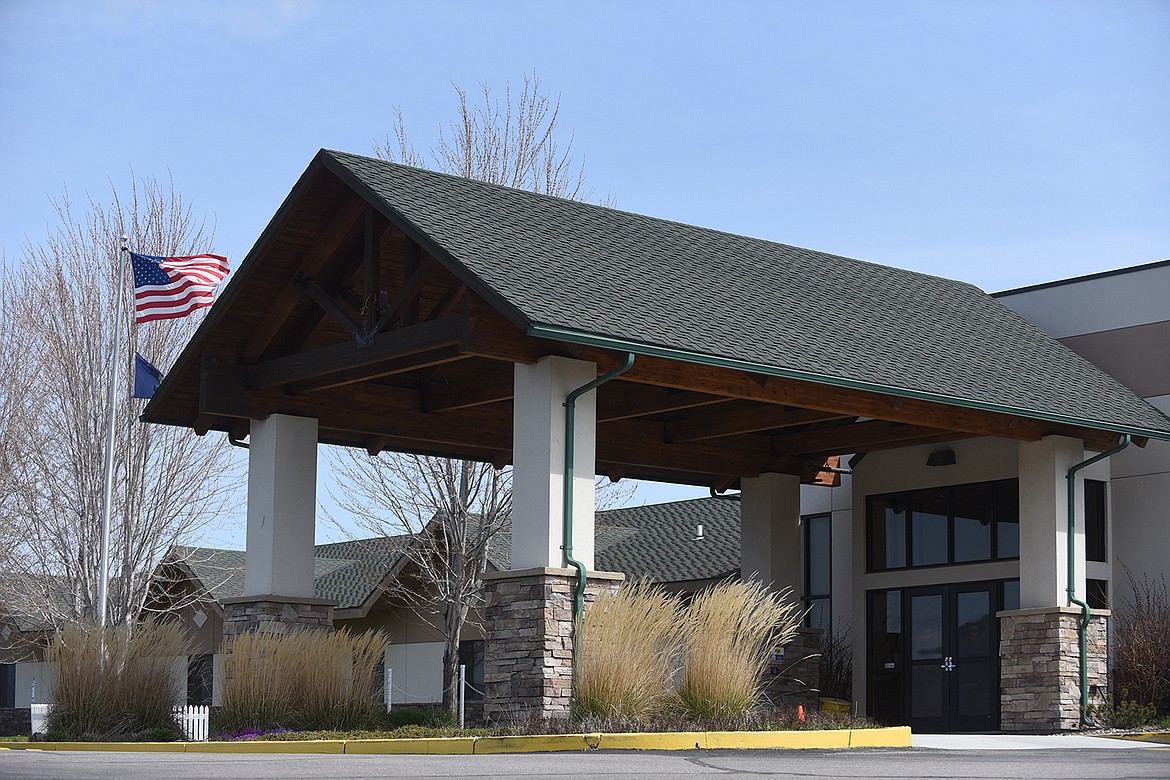Clark Fork Valley Hospital CEO urges continued diligence
Despite the fact Sanders County hasn’t had one positive COVID-19 case, health care professionals are urging continued diligence.
Dr...
Become a Subscriber!
You have read all of your free articles this month. Select a plan below to start your subscription today.
Already a subscriber? Login



